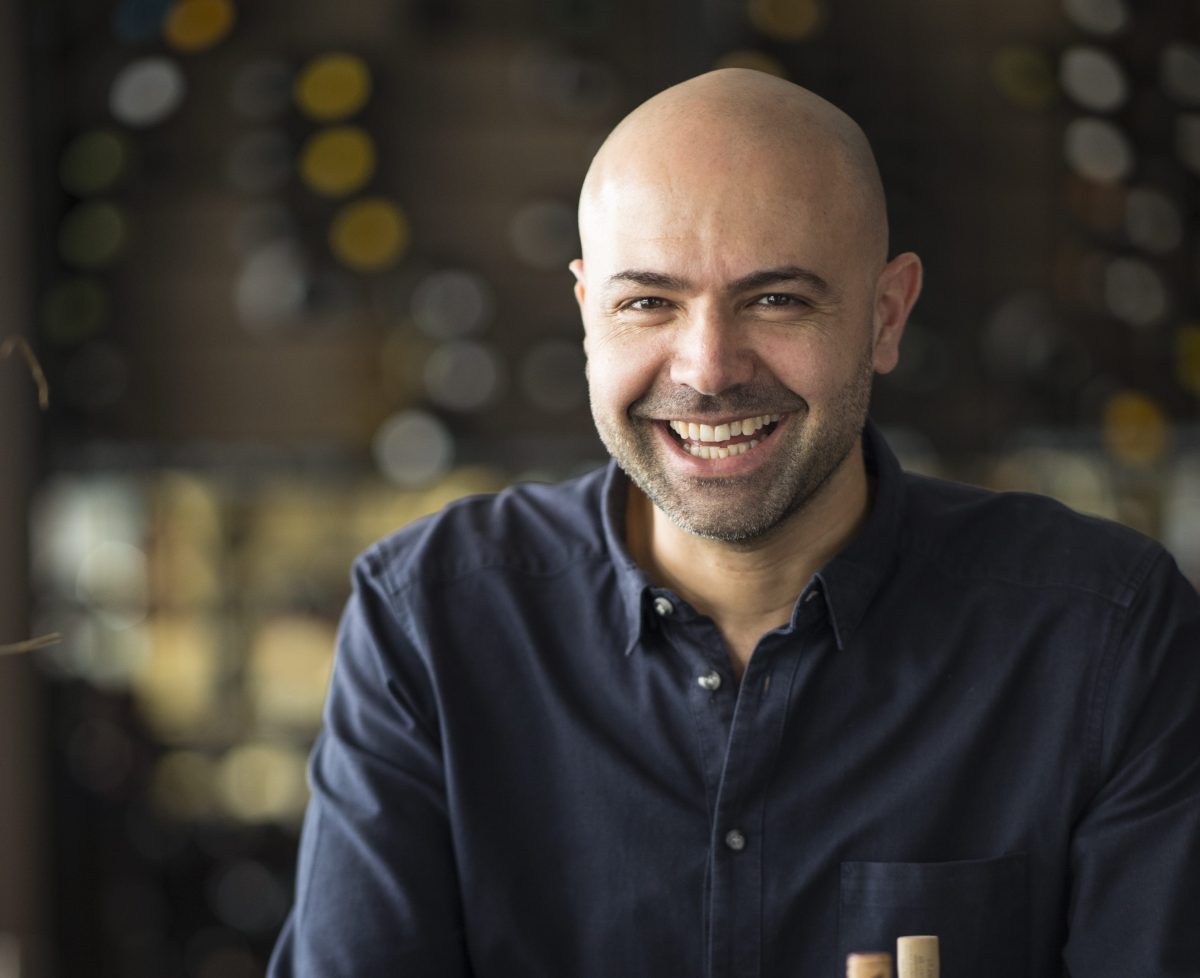His business card may read owner–operator of Marta, but Flavio Carnevale is far more interested in another title — storyteller.
In my earliest dreams, I longed to be an architect. In fact, my first studies were in architecture before I jumped across to the hospitality industry to follow my other passion. It might seem like a strange path to follow, but I don’t know that designing a building is all that different from designing every component of a restaurant from the colour of the tiles to the dishes on the menu and the wine in the rack.
As owner–operator of Marta, I’m the architect of my business and of my life, and I’m invested in creating an atmosphere and an experience where customers can feel the love and passion in the details. It’s a sort of electricity a diner can feel when they’re in the hands of someone who is emotionally charged by what they’re doing.
I’ve worked in restaurants where each dish is tested by 10 people before they make a decision to put it on the menu. I can understand why they’re doing it, but it’s never been an option for me.
Not only does it complicate something that should be so simple and led by instinct and emotion, but I’m convinced the vision of one person and what he or she is trying to tell you is far more inspiring than trying to get feedback from the masses and applying it.
At the end of the day, you can call us whatever you like — restaurateurs, cooks or chefs, but the truth of it is we’re storytellers.
When we throw open the doors to our restaurants, we’re really saying, ‘Come to my place and let me share a story we believe in’. The stories I tell are of Rome. Not Rome as tourists know it or what’s been researched in a book, but the true Rome where I lived and worked in hospitality for more than a decade.
I want to tell the story that Roman food isn’t like other Italian food and I want to tell the story that Roman food is peasant food heavily influenced by the cultures within the world’s first truly multicultural society, using grains from Northern Africa, spices from India and one that has a massive Jewish influence.
My job — my passion, really — is to cobble together these stories and present the fairytale in a way that makes people feel as though they’re sitting in my lounge room. Even though we thrive in an atmosphere loved by Romans called caciara (organised, joyful chaos), we want them to feel like they’re the only ones in the room.
When you’re an owner–operator, you’re always dreaming, inventing, creating; it’s so much more than choosing colours, dishes and chairs. It’s thinking about why people want to come to your place and keep coming back, how you want them to feel while they’re dining and what you want them to remember when they walk away.
Obviously I’m the face at the door and I want them to enjoy their food and wine, but I’m also watching facial expressions and sensing emotions. How are they reacting to the Marta experience? Do they look relaxed? I usually feel like the patriarch of a big, chaotic house where I’m watching over everyone to make sure the kids aren’t fighting and people are comfortable and happy — it just happens to be on a larger scale.
Actually, we could talk about logistics and we could talk about emotions, but you know what the beauty of being an owner–operator really is? It’s giving a shit in a world where so many often don’t.
This article originally appeared in Hospitality‘s July issue. Subscribe here.

